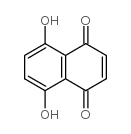| Structure | Name/CAS No. | Articles |
|---|---|---|
 |
Fluo-3
CAS:123632-39-3 |
|
 |
Naphthazarin
CAS:475-38-7 |